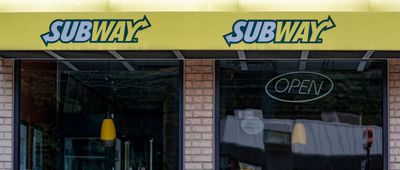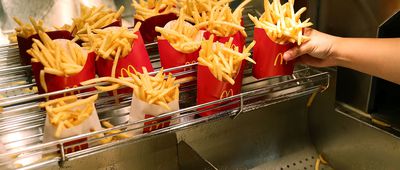Behind the Fry
You might not want to know how the sausage — or the fry — is made. But somebody’s gotta spill the greasy beans. McDonald’s French fries have been the gold standard of fast food sides for decades (even if they didn't win in our fast-food french fry taste test). They’re are everything you want a fry to be — salty, crispy, and addictive — basically the gateway drug of drive-thru dining. But behind that perfect golden crunch is a 19-ingredient recipe that half of it reads like a deranged scientist’s shopping list.
Here's the full breakdown of what’s in McDonald’s fries, why it’s there, and whether you should be side-eyeing them.




























